I'm building MIDI controlled effects pedal that autofades the blend amount of a send-return effect loop. Still pretty much a noob on the analog side, so bear with me.
Firstly I need to split the signal into two - one for the effects loop and one for the dry signal.
This is done by a simple buffer using the TL071 opamp and simply drawing two audio paths from its output.
After the split I control each signal path volume with a TI PGA2311 chip.
The problem: The output from the input buffer seems to be unsuited for the volume-chip. The buffer's output is perfect and clean sounding by itself, and so is the PGA2311 when bypassing the input buffer. When used together, the signal is completely crushed an low sounding. I'm still a beginner, and especially when it comes to impedance talk.
The datasheet of the PGA2311 says input buffering is not necessary, but I'm pretty convinced I need an input buffer before splitting an audio signal, otherwise it might put a load on the guitar pickups.
Any thoughts?
Both chips run on +-5 V. Guitars output is around 200-300 mV.
The bad output sound is a lower and very choked sound. Not just loud and overdriven as you'd expect if the input volt into the PGA volume-chip were too high. I'd like that.
First image illustrates how buffer end volume-chip each sound good seperated

